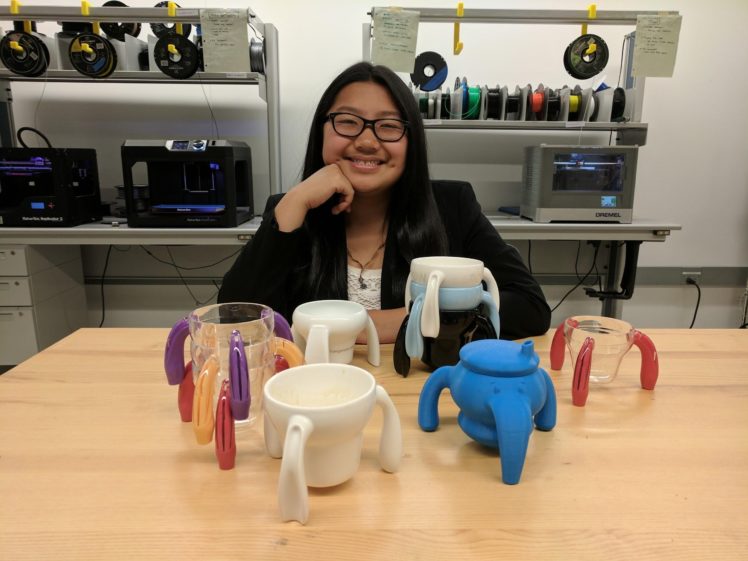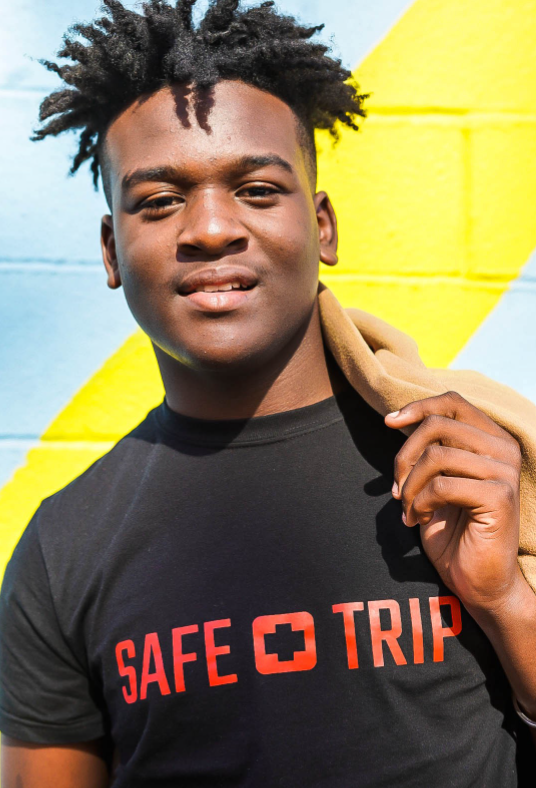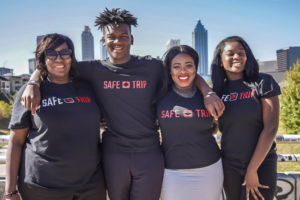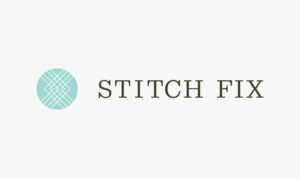Tremors occurring often in the hands, fingers, or feet are a common symptom of Parkinson’s, a nervous system disorder. This ailment can make even the simplest of tasks for some—such as drinking a glass of water—very difficult and accident-prone. This caught the eye of eight-year-old Lily Born, who was troubled by the struggle her grandfather went through as he spilt countless glasses of water because of his trembling hands.
Born dreamt up a more stable design for a cup, one capable of withstanding tremors. What she came up with was a simple design of adding three little legs to the cup that would provide this stability. Working the fruits of her imagination into a tangible prototype shaped from moldable plastic, she experimented until the cup was both functional and comfortable to her grandpa. It wasn’t long after that she made another model out of ceramic for her dad simply to save his computer from occasional spills of coffee.
Born’s dad recognized the value of her design to people across the board, with and without Parkinson’s, and encouraged her to pursue a business with what she deems the Kangaroo Cup. The two garnered financial support to pursue this venture through a few crowdfunding platforms and sought to perfect her design and being manufacturing in China, specifically a city known as China’s heart of ceramics, Jingdezhen.
Born’s business, Imagiroo LLC, produces both plastic and ceramic models in a plethora of sizes, colors, and artistry, and sports several other appealing features, including eliminating the need for coasters, being stackable with other Kangaroo cups, and of course being completely tip-proof. Born (now twelve years old) has sold tens of thousands of cups all over the globe, and her amazing ingenuity and confidence has been acclaimed by news broadcasters such as CBS News, Business Insider, and The Daily Mail (UK) as well as organizations like A Mighty Girl as a beacon to other young entrepreneurs.






